Proponents of Electric Universe Theory face one, seemingly infinite wall of resistance: the false preconceptions cemented in people’s minds by consensus science. We do not see the cosmos the same way materialists do.
Fundamentally, the cosmos is energy. Energy is kinetic motion, or potential motion of matter over a distance. But matter itself is potential energy – so, it’s just all one thing – energy. An Electric Universe is one of energy transformed from kinetic to potential by standing waves of constructive interference. Matter “particles” consist of holographic, plasmodial interference patterns – standing waves in other words – that form the ether. Each standing wave is itself a circuit of energy, shaped by it’s frequency. The shape of matter conforms to the shape of energy flow, and the shape of matter forms circuitry that anchors the shape of energy. It’s a feedback loop.
From our perspective plasmoids are electromagnetic bubbles of potential energy, and hence the perception of a “particle”. On the inside, they are whirlwinds of trapped energy patterned into an infinite, cyclic circuit. This circuit creates polarity, angular momentum, exchanges energy with it’s environment by induction, and maintains structural integrity with a membrane of capacitance. It’s internal potential maintains resonant balance, and therefore is in constant feedback, with it’s environment. It is an RLC circuit.
This circuit pattern repeats, in self-similar, scalar harmonies from the sub-atomic scale to the supra-galactic. Therefore, an Electric Universe is luminous bubbles within bubbles; circuits within circuits; harmonies within harmonies vibrating a constant energy from within, in resonance with everything without.
Electric Universe eyes see the cosmos is circuitry that patterns energy, frequency and vibration. Circuitry is life. The feedback loop is universal. Entropy is energy dropping an octave. Infinity means as big as it needs to be. Gravity is an emergent consequence worthy of study, not worship. And we don’t divide by zero.
Minds that imagine energy as chunks of stuff bouncing around are unlikely to consider repeating, scalable, fractal interference patterns as evidence for anything but the “mysteries of nature”. They have been groomed all their lives to think what matters is matter. They will remain befuddled by “duality” and haunted by “entanglement”. They will disavow longitudinal waves and the ether.
It’s why consensus science can’t explain ubiquitous patterns at every scale in the cosmos, like the Fibonacci sequence, or the Mandelbrot set. It’s just physics, but they try to sweep such evidence of circuitry in nature under the rug by calling it a mystery – as if it’s something beyond science. It is they who have gone beyond science – beyond falsifiability – with dark stuff, wormholes and multi-verses.
Breaking out of the “mold” that poisons quacademia, and hence the greater population, requires more than waiting on it’s internal decay. Although that is happening at an accelerating pace, there is still a need to reorient people’s minds to reality. They need new physical models they can visualize.
Fortunately, great minds have already blazed a path. Their message has just been suppressed. I’m talking about people like Faraday, Maxwell, Heaviside, and Steinmetz. These are names that need no introduction in the Electric Universe. But let’s add one more: Hans G. Schantz.
Hans G. Schantz is with Q-Track Corporation of Huntsville, Alabama, and has written a paper titled “On Energy Flow in Standing Waves”. In this paper, Hans rediscovers the enlightenment of our electric pioneers. This paper examines the underpinnings of electromagnetism appropriately in the context of wavelengths, frequencies, amplitudes, harmonies, and the patterns that emerge as originally studied by the luminaries mentioned.
In particular, this paper explores the Poynting-Heaviside interpretation of energy flow in electric circuits, which basically says the energy isn’t in the copper wires of a circuit, but flows through the electromagnetic “lines of force” around the wires. This is quite different from the conventional concept of electrons channeling through wires. This paper demonstrates, however, that the Poynting-Heaviside interpretation is correct.
This conclusion should be no surprise in the EU community, however it’s critically important to understanding the motions of a dusty plasma in free space. It’s critically important for people who’s concept of electricity is confined to the wires they plug into their appliances.
The convention in science and engineering is to model electric circuits from a “far field” perspective. That is, to measure voltage, current and resistance from point-to-point and ignore how the “electron” travels between. The scientists mentioned in particular, developed methods to approximate with simple math what otherwise was too complex to be useful. But fidelity was lost about the pattern of actual energy flow, and hence the very perception of it, even for engineers and scientists.
The paper illustrates the flow of energy and impedance, in concert with voltage and current, as a result of standing waves formed in the EM field in a simulated two-phase system. Although this is a very simple model, the patterns of energy flow are similar to patterns found in geology created by electromagnetic waves. It illustrates how energy flows like water, changing direction in zig-zag patterns and circulating in whirlpools. These intricate, turbulent motions are ignored by convention. We cannot afford to ignore them, however, if we want to model weather and geology, or anything else, for that matter, in nature.
As we’ve shown in previous articles, plasma storms patterned the face of the Earth by raising a global dust cloud and re-applying the constituents in patterns formed by electromagnetic forces. In other words, Earth is an electro-plated planet. We have shown and discussed significant evidence that supersonic winds molded mountains, leaving distinctive, in fact, unambiguous patterns of shockwaves. We’ve shown and discussed evidence of canyons formed by sputtering discharge. And we’ve shown and discussed river channels formed by ground-to-ground, arc-mode discharge and the evidence of resonant frequencies, Hall effect, stray capacitance, line-to-line phase vectors and other identifiable geometric effects in the discharge patterns. These are all “near-field” effects that are not captured in conventional far-field analysis.
Wind effects, in particular, are patterned by energy and power flow, and hence conventional far-field methods won’t work. A quick dimensional analysis says wind is mass forced to move over distance (energy), over time (power). To model the patterns of dusty plasma winds requires the methods of Messrs. Poynting, Heaviside and Schantz.
On Energy Flow in Standing Waves
Before you click to his paper and die a small death at the sight of many equations, scroll past to the illustrations. Anyone who can see the patterns sees the result of electromagnetic forces, regardless of whether the equations are understood. I have included samples of the figures below for discussion.
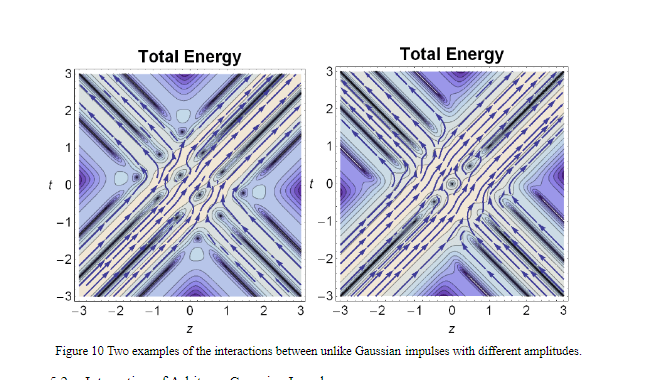
Energy flows a more tortuous path than conventional models imply. It makes right angle turns, and eddies around pools of impedance into “Z” pattern flows like water in a rocky stream. Just like shock waves reflect off of shock waves, EM waves reflect off of EM waves, creating interference standing waves in odd places, harmonics and travelling waves – transient standing waves. Geologic evidence of wind patterns left by supersonic shock waves, and many other features, confirms that plasma winds filamented into linear, “Z” patterned, right angle and circulating cyclones patterned by electromagnetic fields, as well.
Examine the interference patterns in figure 5 from the paper, and take special note of the Total Energy and Impedance diagrams.

The same type of energy flow molded the Laramie Mountains around the spectacular “X” discharge pattern at the heart of the range. Although the patterns are not identical to the examples in the paper, the angular relationships patterned in the landscape are the same because it was also created by an orthogonal, electromagnetic field interference pattern.


The patterns are more complex than the simple 2-phase simulation, but so was the electromagnetic field of the plasma storm that created these mountains. The storm generated an electric field between the sky and ground at this particular location on the continental divide because of tension between circuit domains forming the Mississippi, Colorado and Snake River watersheds. It was this ‘hot spot’ in the ground that drew a response in the atmosphere by building a thunderstorm – one of Zeus’ finest.
Wind patterns, indicated in blue, show the path of energy-flow along “lines of force” which we now know are interference patterns in a multi-phase EM field. The wind energy travelled in straight-line filaments at angles roughly 30 – 45 degrees offset to the orthogonal “cross”, just like the “impedance” is offset from “total energy” in figure 5, and for the same reason. The ground discharge pattern that made the orthogonal cross presents the ‘ground phase’, and the tropical layer of the storm cell above it presented the opposite end of the electric field, or the other ‘plate’ of charge density in the capacitor, and the ‘other phase’ in the EM field for this circuit.
The cross itself is a discharge between the three ground domains and is anchoring the location and establishing the frequency of the circuit. As the discharge cycled from peak-to-trough it presented a standing wave of maximum impedance/minimum voltage to the plasma winds. Plasma winds were biased positive and the ground negative. Winds were drawn by reactive energy flows of electric field inductance (capacitance) and magnetic field inductance, both leading and lagging the pulsing arc-mode discharges on the ground. Magnetic field inductance drew filamentary jet-streams towards the center of the cross, and then up, into the storm’s center. These jet streams followed magnetic waves, vectored in the direction of the waves motion, perpendicular to “lines of force”. Electric induction drew winds in curving paths, field-aligned with magnetic “lines of force”, as shown in the figure below, and these winds deposited dust where ground charge attracted it in the act of electro-plating.

The patterns formed by a dusty plasma are also influenced by the dust itself. The difference in ionic mix, and the influence of magnetic, or diamagnetic particles might make the difference between a clockwise, or counter-clockwise turn, or a fast or slow wind, or whether it sticks to the ground-charge densities at a shock-wave, or blows right through.
So to summarize, the orthogonal relationship of alternating electric and magnetic fields yields an “X” shaped constructive interference pattern of maximum reactive energy flow, and a vertical “cross” shaped minimum energy pattern of maximum impedance. This pattern is repeatable, scalable and expressions of it are identifiable throughout nature.
The take-away of this paper and what it illustrates about Earth, is the phased interplay of reactive power in the EM field between sky and ground. The sky is reactive, lagging in phase to charge concentrations first established in the ground. Lightning, tornadoes and storm cells are phase-to-phase discharges in a multi-phase circuit, not DC dielectric breakdowns, nor anything to do with CO2. That is why consensus science can’t understand weather.
The Earth, like everything else in the cosmos is a pattern of energy storage and flow. Follow the energy to any answer. That’s how it’s done with, or without math. One can feel energy.
When you add the complexities of spherical geometry and how waves propagate and interfere on a spherical capacitor that inducts energy from the poles, definable patterns appear. Take for instance these images of Iapetus:


Iapetus has no atmosphere, or internal geo-electric dynamic. What happened here was a direct current event, however it serves to illustrate ground currents. What is obvious is a meridian of raised rock, called a dike, running from one pole to the other. A quarter turn (90 degrees) around the moon is a similar pole-to-pole meridian of aligned craters, highlighted by the limb. Another, smaller meridian of craters runs roughly between the larger craters and dike (about 30 degrees above the dike). Each is an expression of charge densities formed by filaments of current.
Immediately, one should notice the quadrangle formed by interference. Here, from a polar aspect, the dike and major crater meridians parallel a quarter rotation apart from pole-to-pole, with a minor meridian of craters between. It is a similar, 3 dimensional quadrangle of power flow as the paper depicts in two dimensions, where the quadrangle is formed by constructive interference and then divided into eight sections by destructive interference (impedance). Each section forms it’s own pattern of charge densities, because each section acquires a different ratio and vector of electric and magnetic field inductance due to phase and frequency differences.
The craters formed on radial currents emanating from the moon’s interior and aligned along these meridians as they passed through the crust. They formed destructive interference – cathode spots – on the spherical field of the crust where energy deconstructed matter. The dike, on the other hand is a meridian filament of constructive interference on the crustal surface that ran like a wire from pole-to-pole. Constructive interference means energy aggregates matter, where positive and negative ions came together and recombined. The energy was entering one pole and leaving the other, but reflecting it’s internal flow into multiphase interference which patterned standing waves of voltage, current and impedance from within to created these distinct, geometrically aligned filaments as a rise in internal energy exceeded the capacity of the body.
Atmospheric planets especially show consistent patterns of energy flow in their weather due to multi-phase reactive energy. The “V” patterned winds on Venus, the magnetic shadow on the Sun, and the continental formation of North America shown below, are all the consequence of energy flows from a body that is inducting energy, storing it in layers of spherical capacity and expelling excess through it’s own dynamic electromagnetic fields, forming these predictable interference patterns.



Ground charge densities caused shield volcanoes to lay the continent’s foundations on Earth, and weather layered sediments on top, shaped by the same reactive energy flows and interference patterns because the plasmodial circuitry in Earth, Venus and the Sun are very similar. These patterns come and go. Other patterns emerge. Nothing is constant. But the patterns recur. They are interference patterns from internal circuitry that has it’s own cyclically operating switching mechanism.
It’s obvious, if you think about it, assuming you accept electrical formation in the first place, that Earth’s land masses must be patterned by forces from within. If they were not, how would diffuse energy from space create the complex geography we see? By applying the same physics described in this paper, one can determine fine detail about geology on Earth.
The cycles of catastrophe in Earth’s past left patterns of plasma winds, sputtering and arc mode discharges, shock waves and fringe effect currents around the continental plates, all patterned by Earth’s own energy flow. Each episode laid a new layer on the old. Each layer, if properly interpreted, will yield a clear picture of what happened. Were there comets and asteroids colliding with Earth in cyclic patterns of recurrence? Or did Earth switch it’s circuit patterns periodically, perhaps due to Solar influence? These are answerable questions. In the same way one can interpret prevailing wind patterns from the shape of a sand dune, one can interpret virtually any hill, or dale on the planet. A record is retained in Earth’s geology like a holograph, because it was formed by standing waves.
Now, thanks to the work of engineers and scientists, like Hans G. Schantz, who are brave enough to challenge the consensus, we have the beginning of models to re-interpret our world. We can go to work re-writing science.
Cheers,





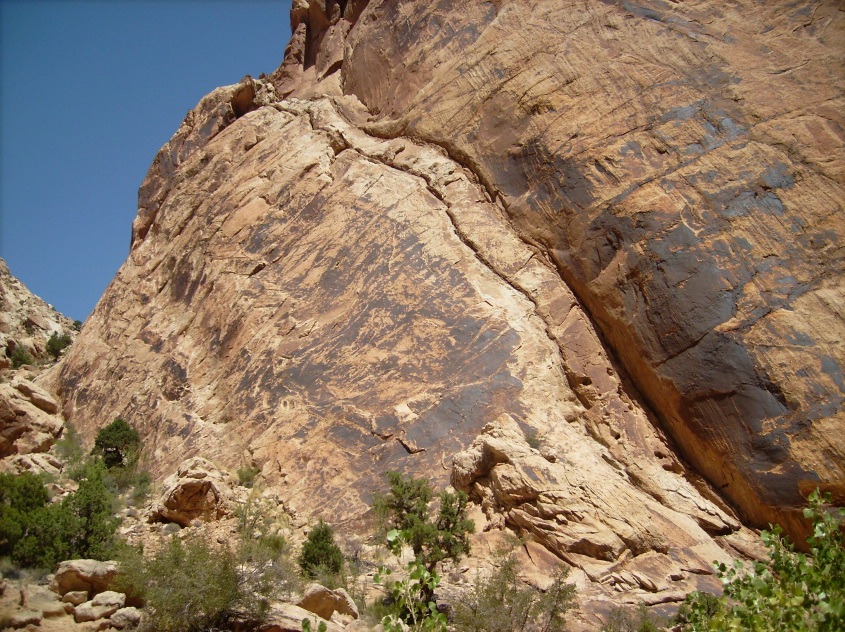























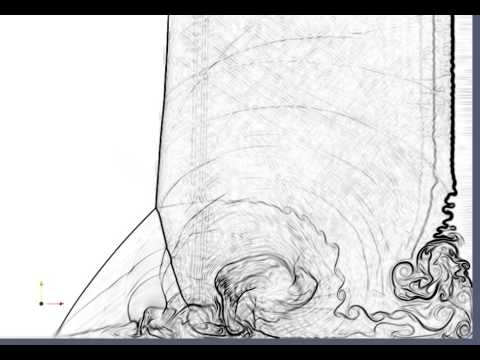









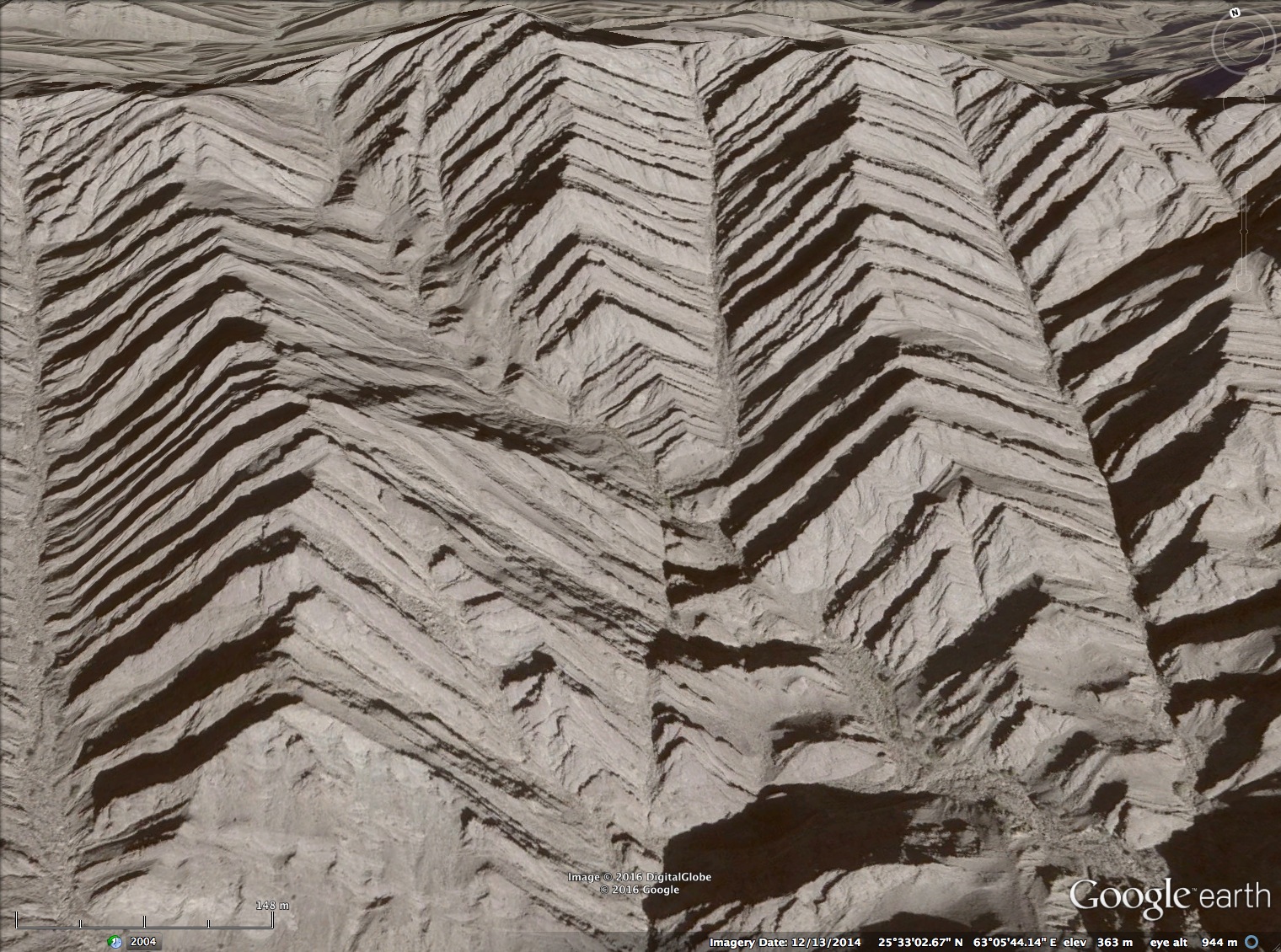










































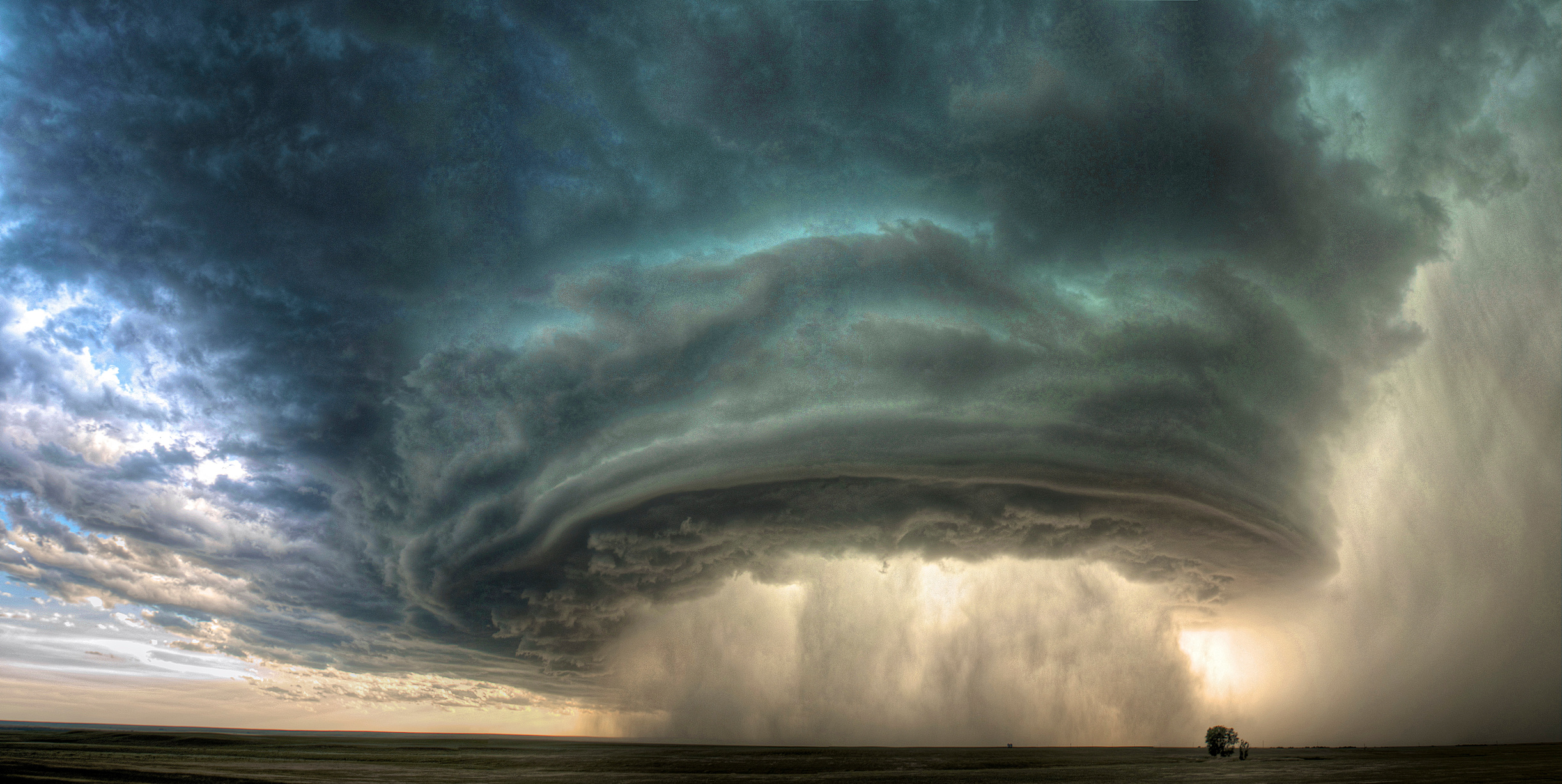




















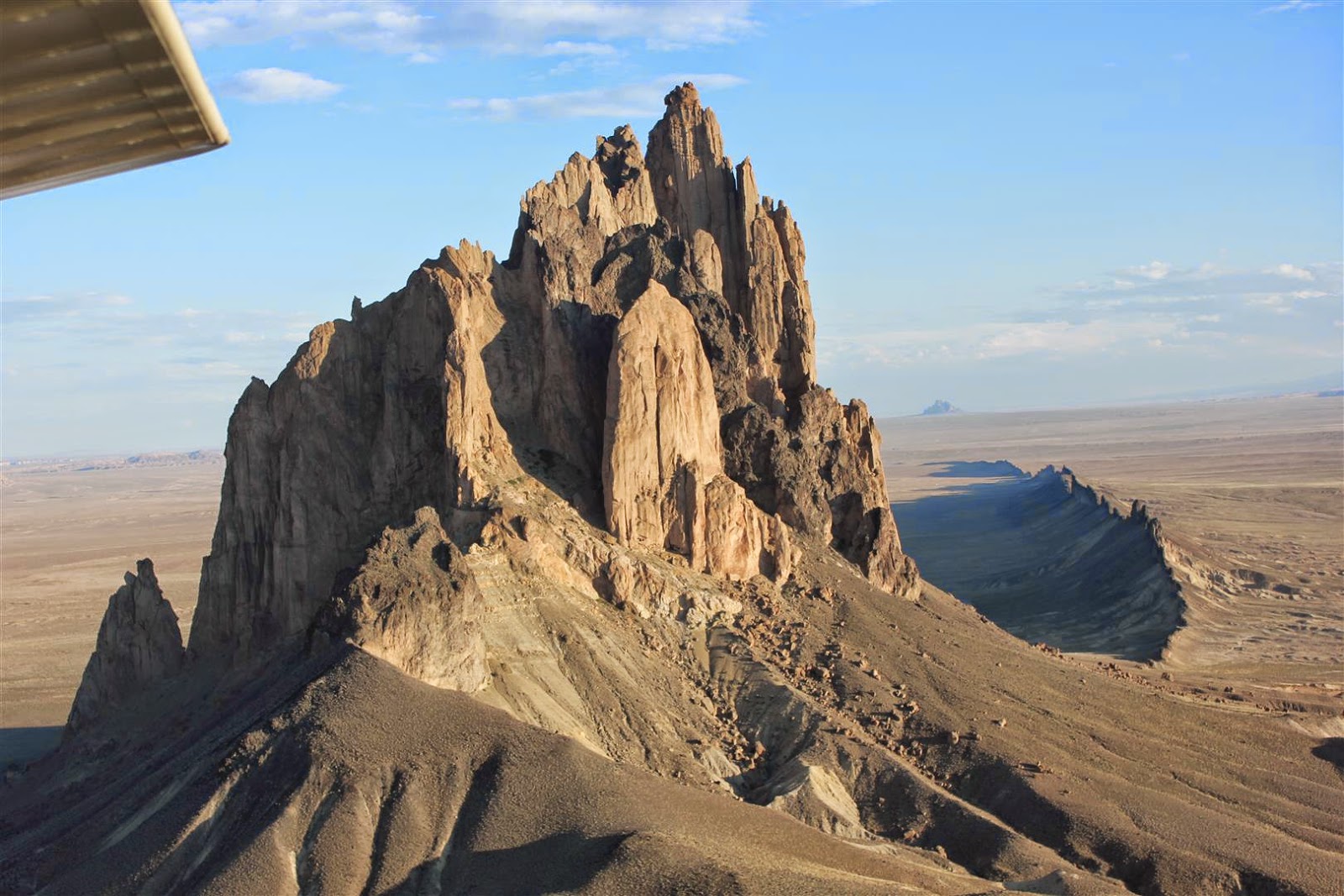

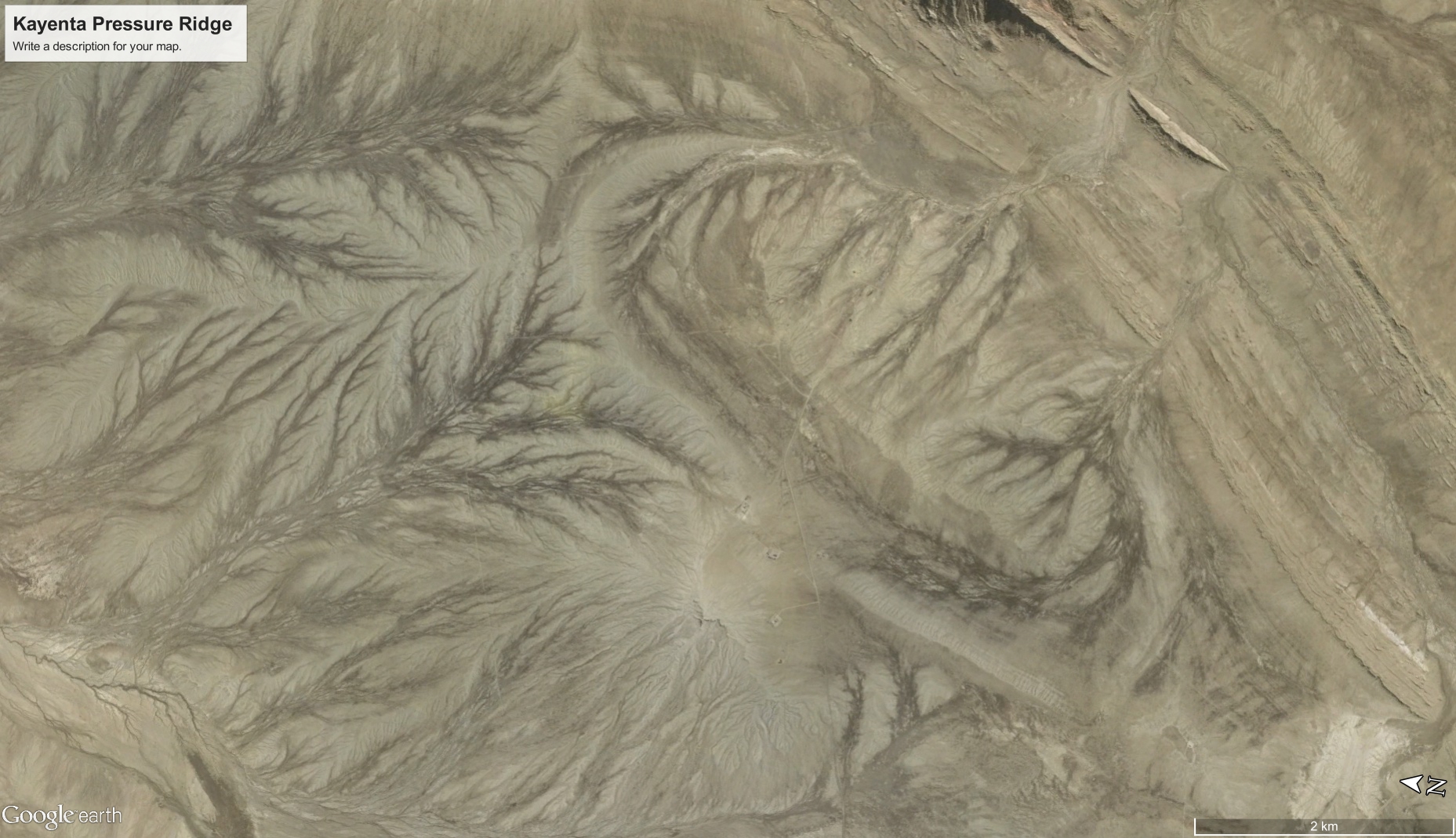

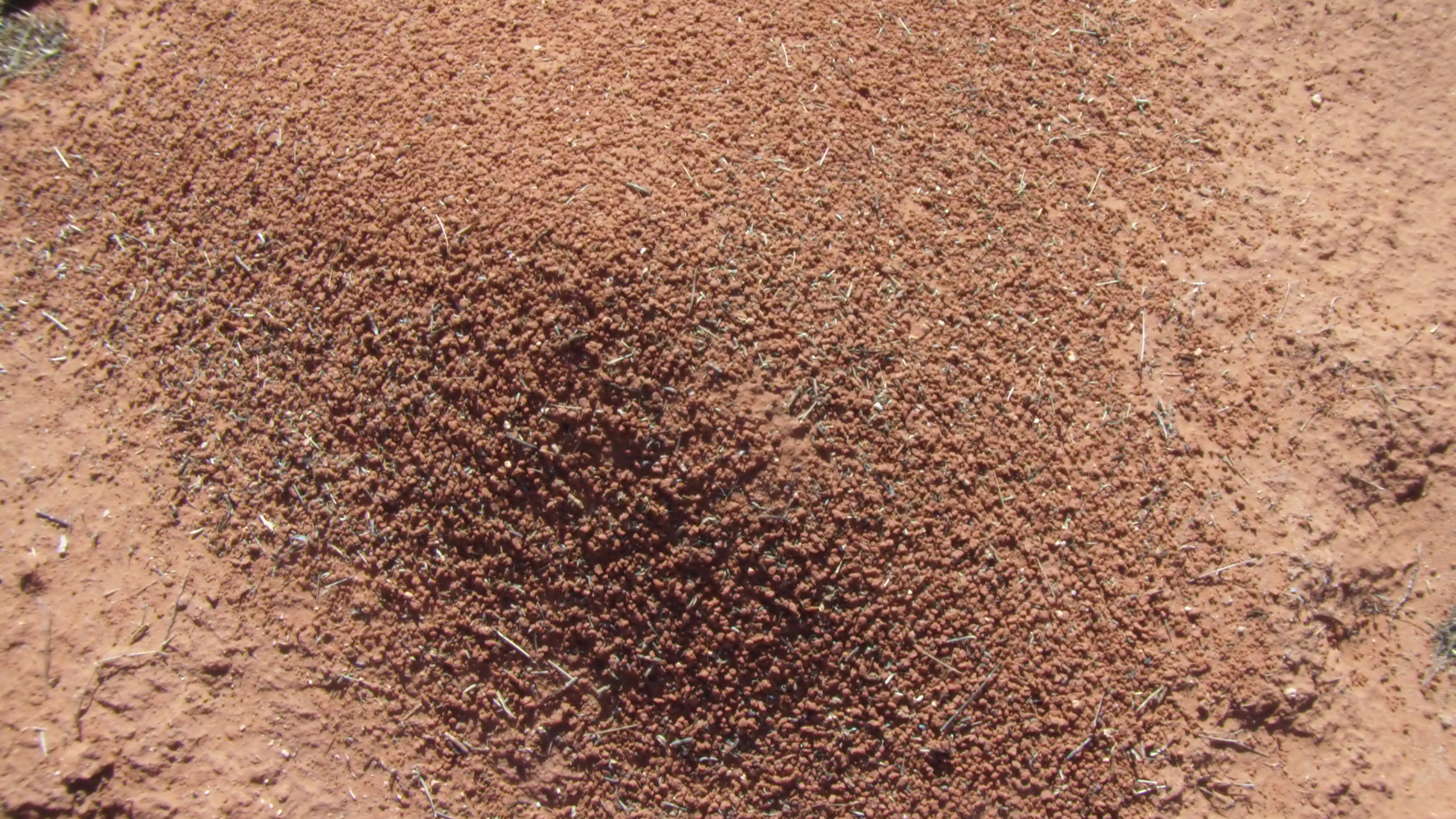







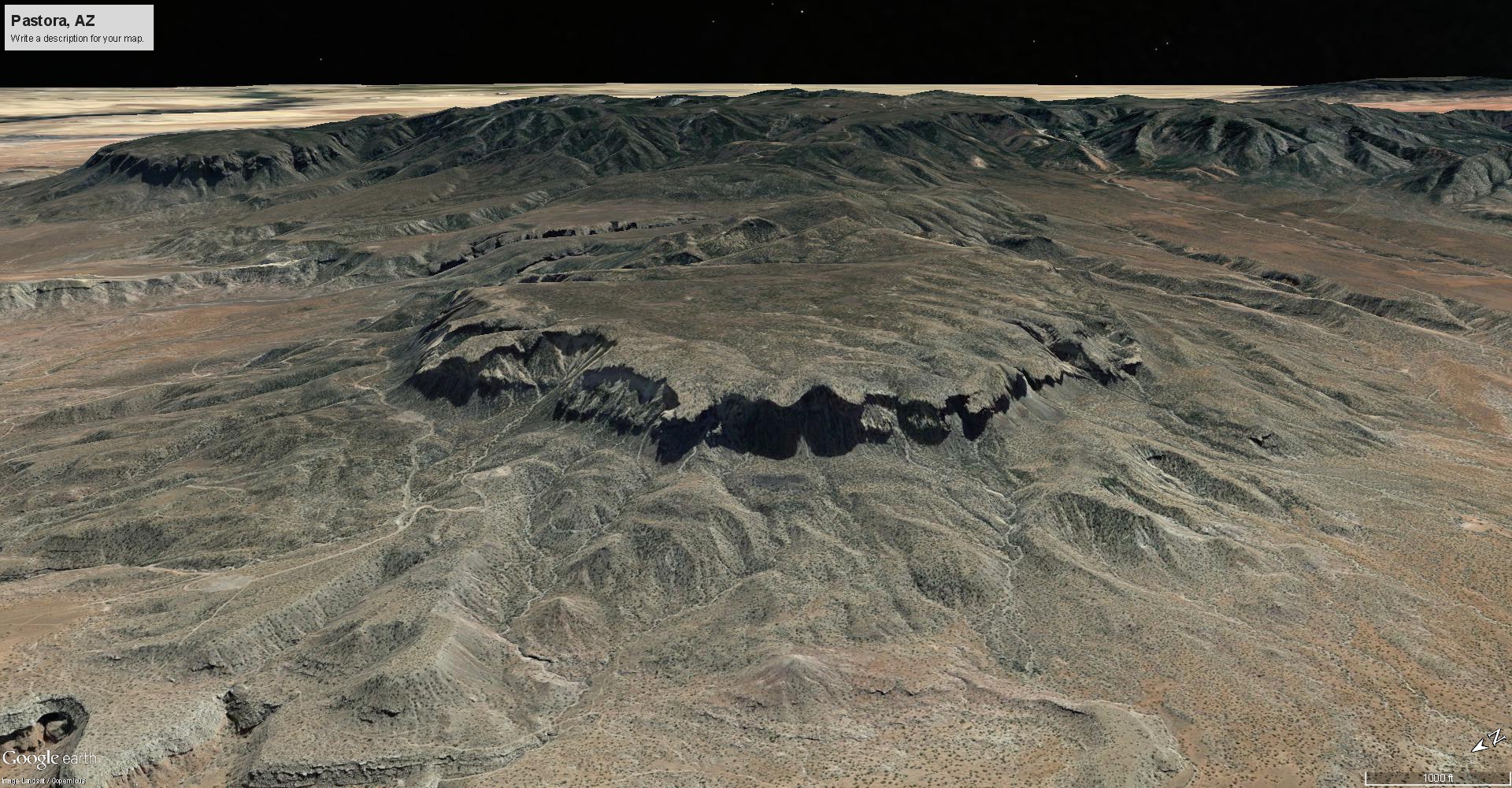







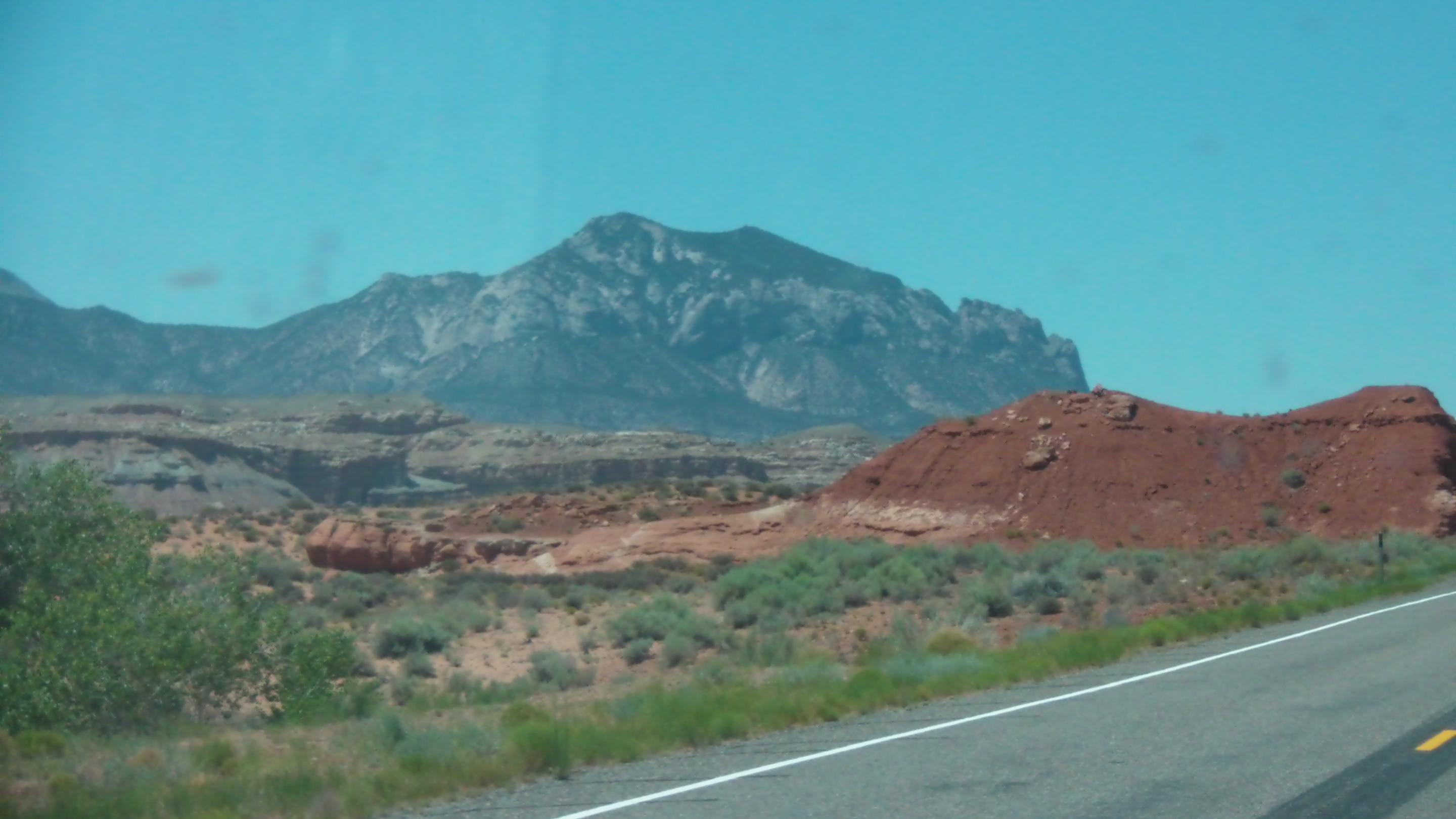
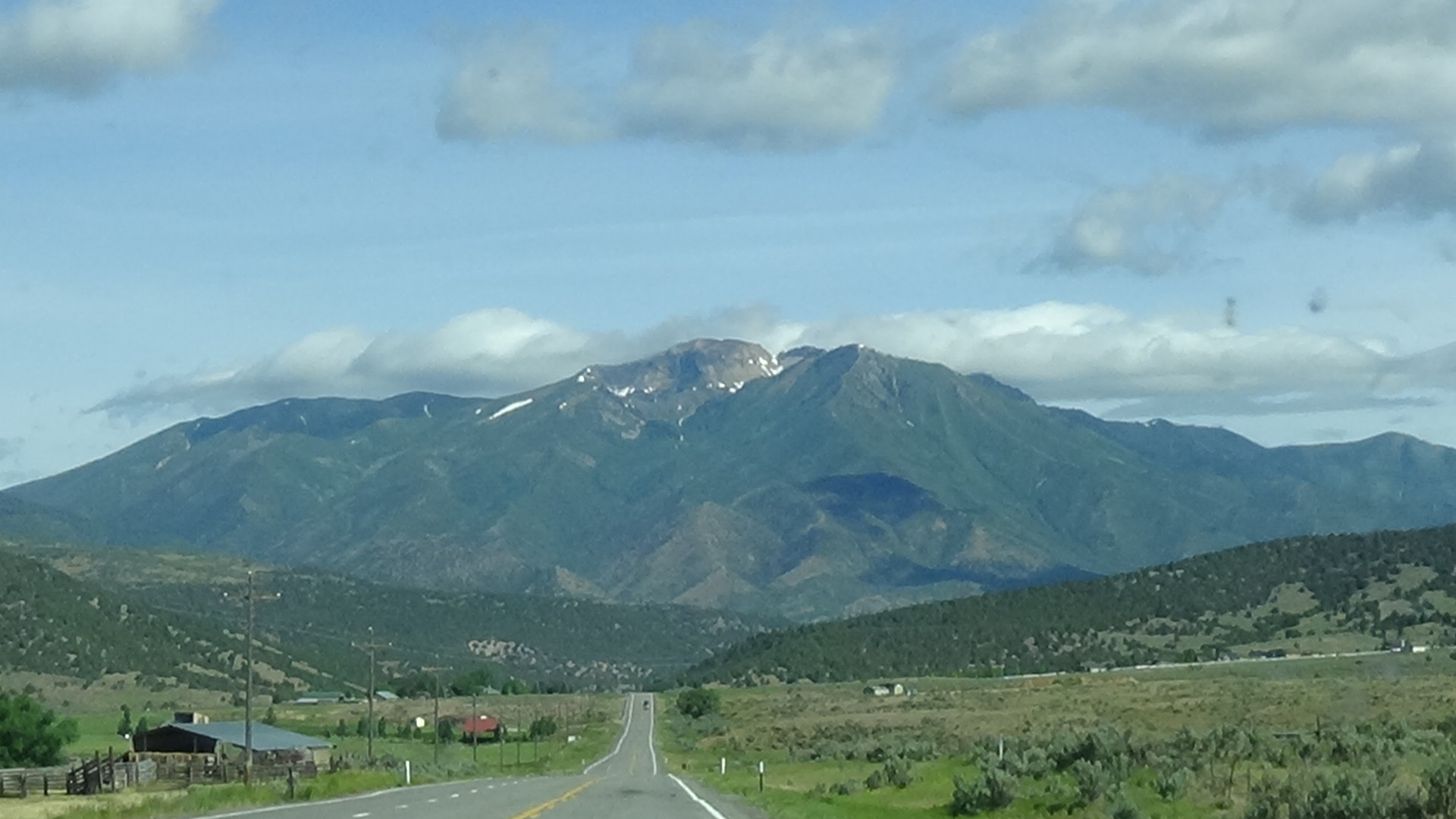
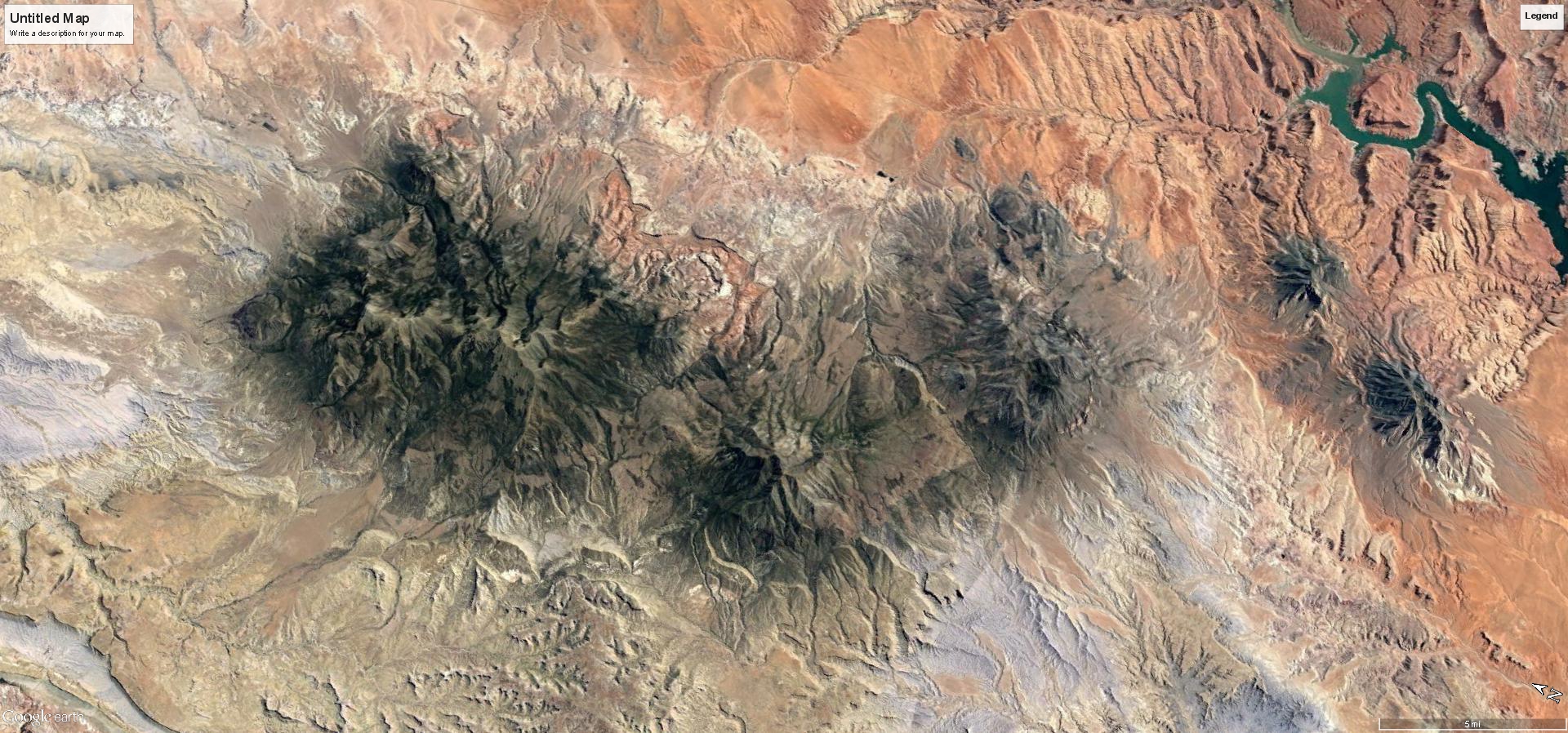










 Arizona isn’t the first place people think of when Bigfoot is the subject. This is one paradigm people should get over. They are not isolated to the Pacific North-West; the Cascades, the Rockies, or this, or that…they are closer than you think.
Arizona isn’t the first place people think of when Bigfoot is the subject. This is one paradigm people should get over. They are not isolated to the Pacific North-West; the Cascades, the Rockies, or this, or that…they are closer than you think. The term “
The term “ My technique is simple. I go light and alone except for my dog. I hike straight up a path of tree leans, quickly and quietly. I choose trails that lead a short distance to a ridge, or peak, where there is likely to be evidence of their presence. There is also the possibility of an encounter.
My technique is simple. I go light and alone except for my dog. I hike straight up a path of tree leans, quickly and quietly. I choose trails that lead a short distance to a ridge, or peak, where there is likely to be evidence of their presence. There is also the possibility of an encounter.





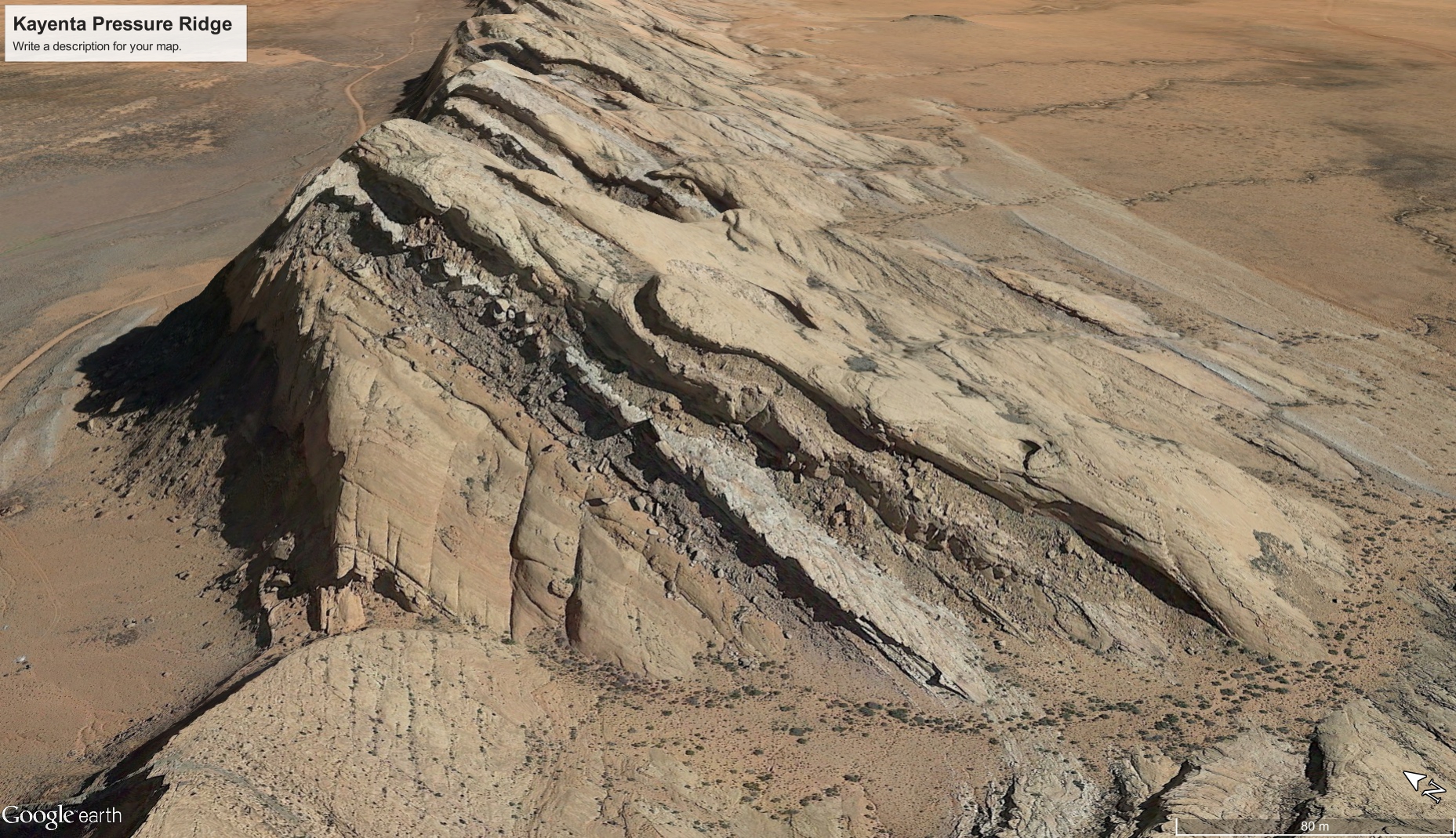

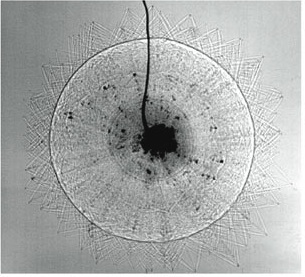

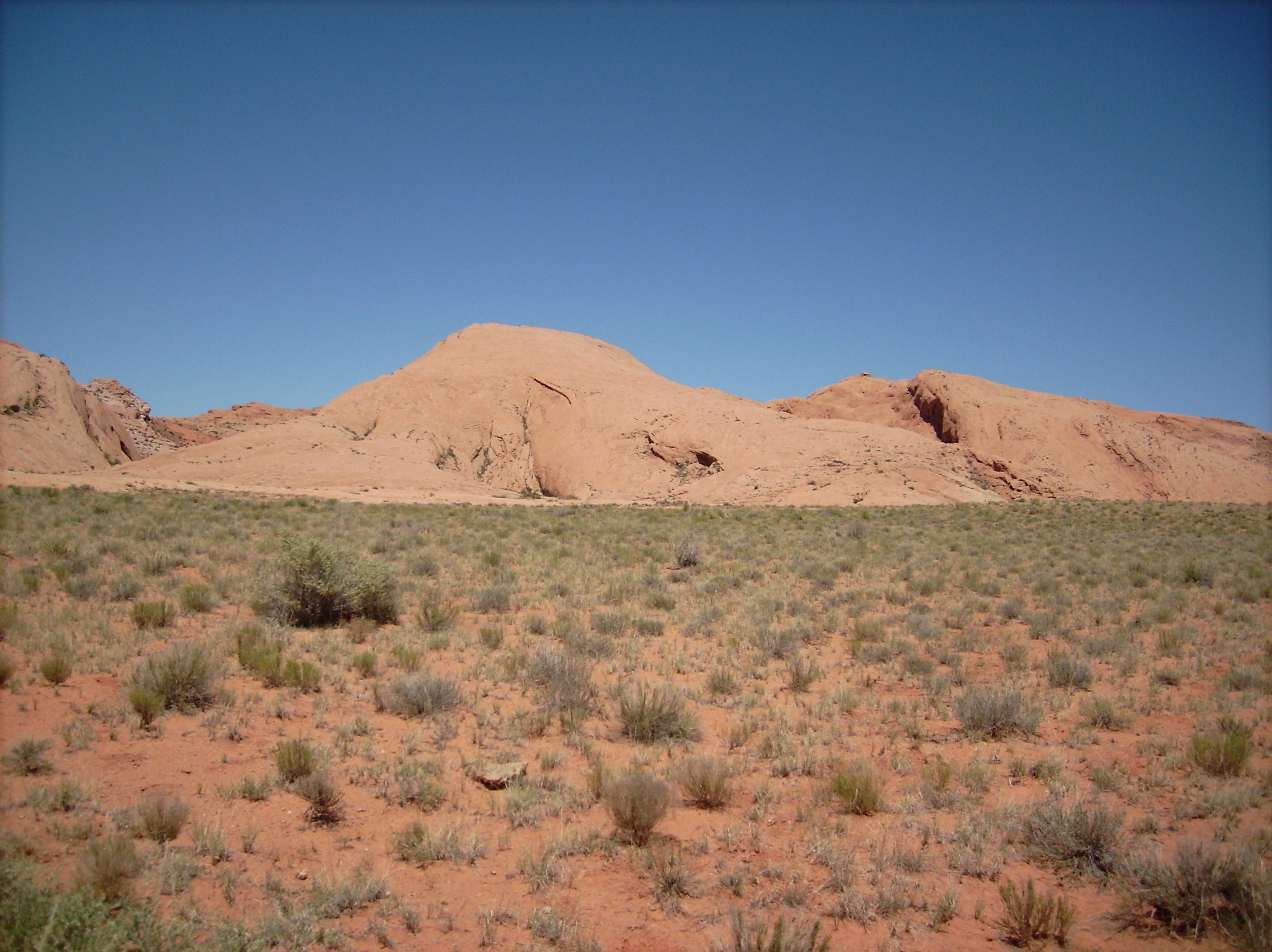
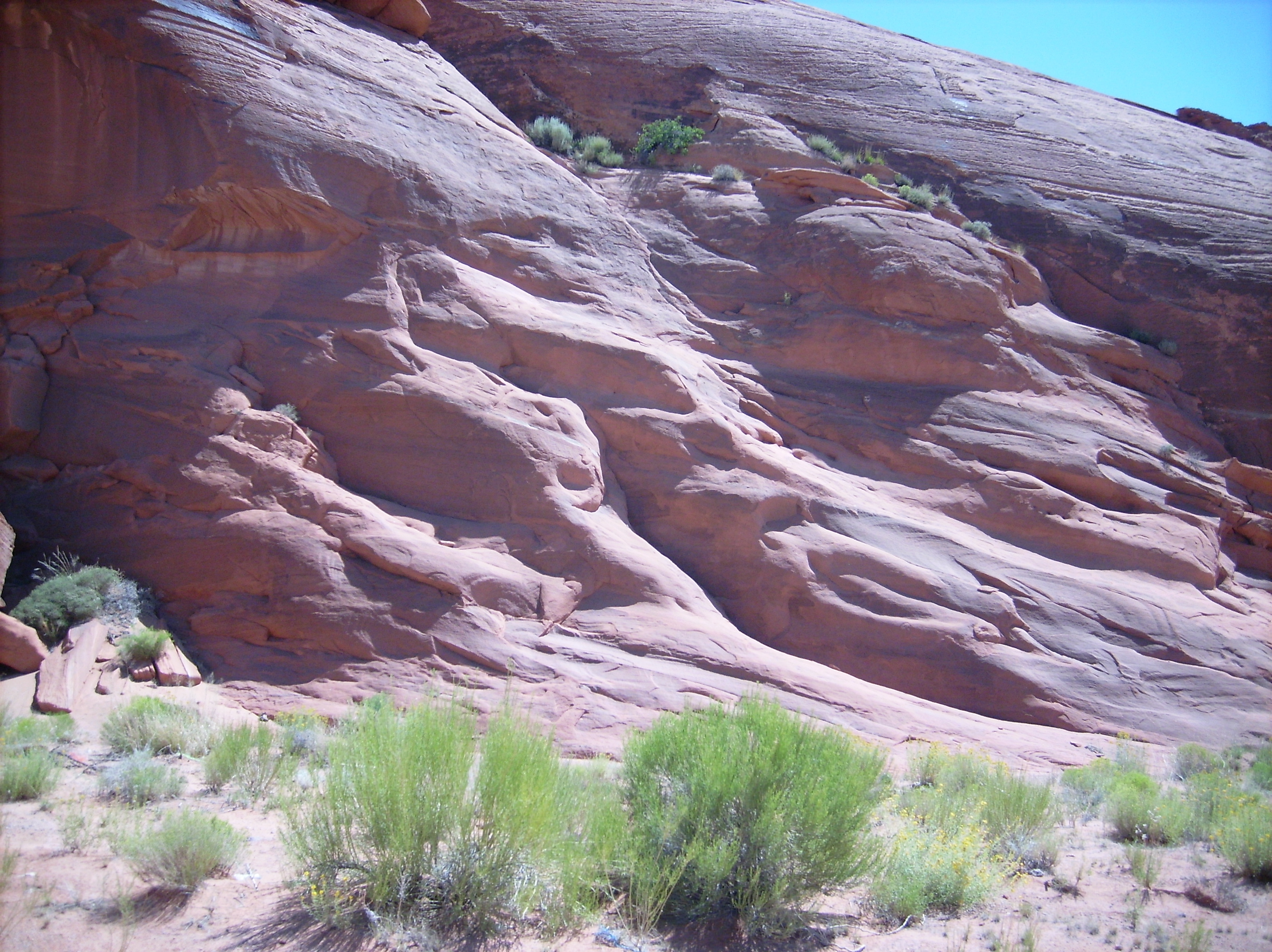



















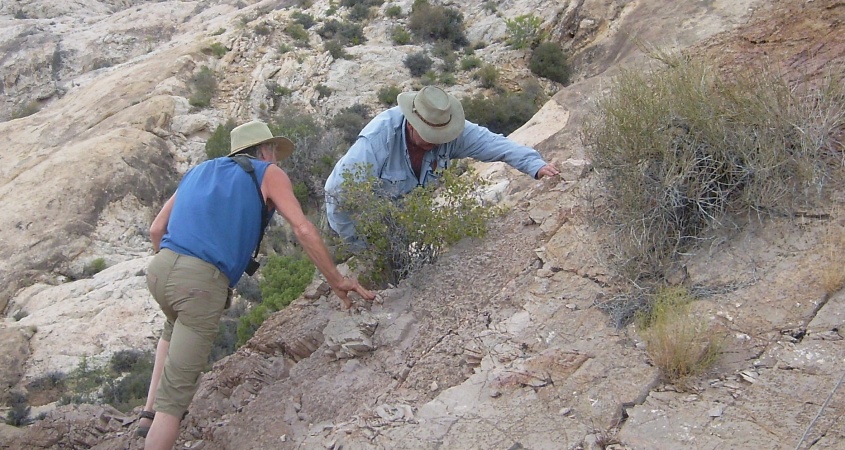












 Down river we drove, surveying each campsite along the way. Here, the river cuts through a deep walled chasm favored by rock climbers. So the camps were full of these spider people; a strange, underfed and insular cult, festooned with colorful webbing.
Down river we drove, surveying each campsite along the way. Here, the river cuts through a deep walled chasm favored by rock climbers. So the camps were full of these spider people; a strange, underfed and insular cult, festooned with colorful webbing. I watched the sun angle below canyon walls, wondering how long until it cooled inside the tent to be bearable. I paced back and forth in smoke to foil the mosquitoes, my skin cooking from fire, my insides cooking in vodka, and fever in my brain from both.
I watched the sun angle below canyon walls, wondering how long until it cooled inside the tent to be bearable. I paced back and forth in smoke to foil the mosquitoes, my skin cooking from fire, my insides cooking in vodka, and fever in my brain from both.






